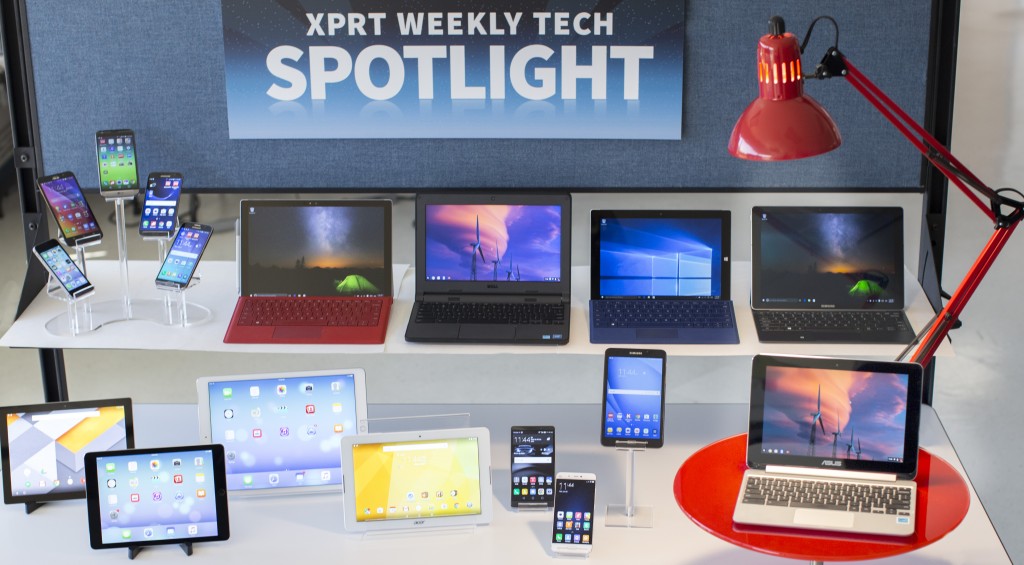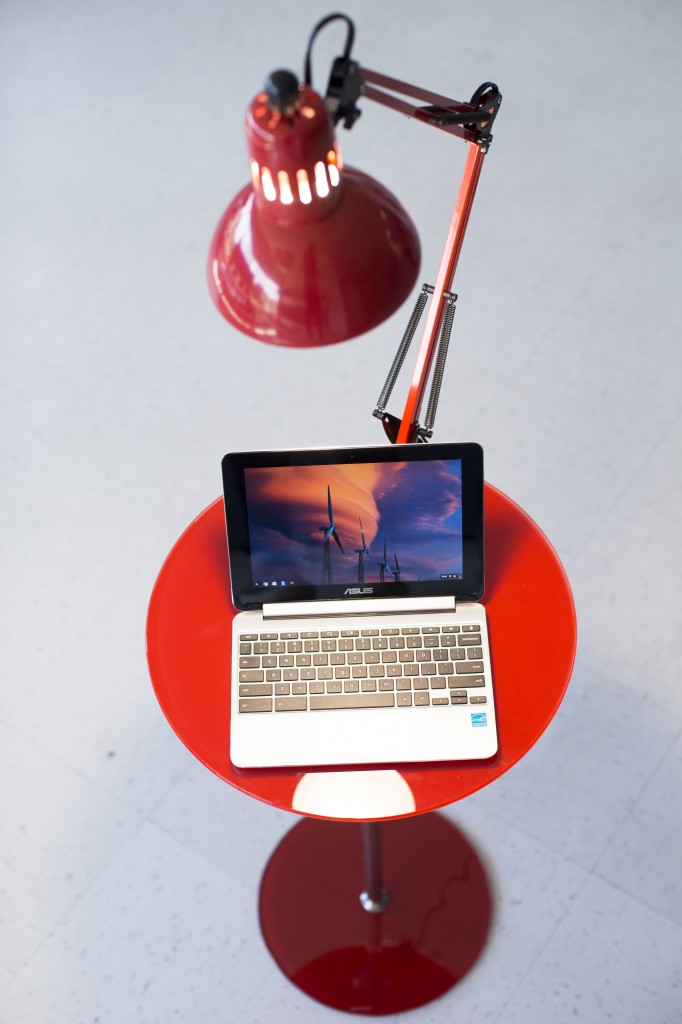Ars Technica recently published a deep-dive review of Android 8.0 (Oreo) that contains several interesting tidbits about what the author called “Android’s biggest re-architecture, ever.” After reading the details, it’s hard to argue with that assessment.
The article’s thorough analysis includes a list of the changes Oreo is bringing to the UI, notification settings, locations service settings, and more. In addition to the types of updates that we usually see, a few key points stand out.
- Project Treble, a complete reworking of Android’s foundational structure intended to increase the speed and efficiency of update delivery
- A serious commitment to eliminating silent background services, giving users more control over their phone’s resources, and potentially enabling significant gains in battery life
- Increased machine learning/neural network integration for text selection and recognition
- A potential neural network API that allows third-party plugins
- Android Go, a scaled-down version of Android tuned for budget phones in developing markets
There’s too much information about each of the points to discuss here, but I encourage anyone interested in Android development to check out the article. Just be warned that when they say “thorough,” they mean it, so it’s not exactly a quick read.
Right now, Oreo is available on only the Google Pixel and Pixel XL phones, and will not likely be available to most users until sometime next year. Even though widespread adoption is a way off, the sheer scale of the expected changes requires us to adopt a long-term development perspective.
We’ll continue to track developments in the Android world and keep the community informed about any impact that those changes may have on MobileXPRT and BatteryXPRT. If you have any questions or suggestions for future XPRT/Android applications, let us know!
Justin














